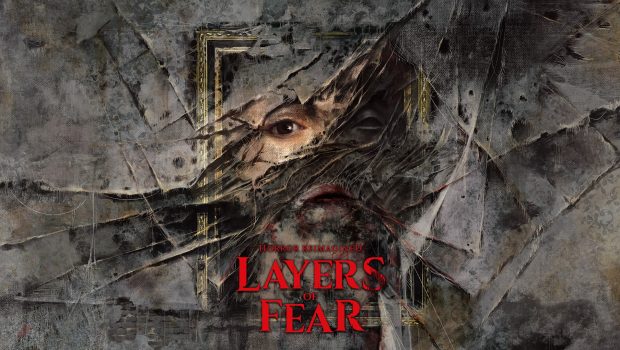Layers of Fear PS5 Review
Summary: Layers of Fear 2023 re-packages the first two games with better visuals and sound, but gameplay is a miss.
3.1
Tread lightly
The horror genre, for better or worse, has always been generous with remakes and re-imaginings. Across film, television and video games, many older classics have been revived from the dead with spookier visual effects, or second attempts at a more cohesive story.
Layers of Fear is both a re-imagining and re-packaging of developer Bloober Team’s first two games, Layers of Fear (2016) and Layers of Fear 2, and their downloadable content (DLC), adding new story content and gameplay changes (such as a new lantern mechanic), and graphical enhancements (dynamic lighting, ray-tracing, HDR) with its move to Unreal Engine 5.
The end result is a visually immersive horror experience with stunning visuals, but is it enough to entertain (and frighten)? It all depends on your interpretation of what constitutes good gameplay.
For those unfamiliar with the previous entries, Layers of Fear is a story-focused psychological horror game series played in the first-person perspective. The core gameplay loop is a mix of environmental exploration, puzzle-solving and collecting hidden items across several chapters, and rather than traditional combat systems, you will be avoiding enemies with wit. In these games, you play the role of a tormented artist – a Painter, Actor, and Writer – where it becomes clear there is something deeply wrong with each of them; the goal is to piece together the truth of what happened to them, while surreal events blur the lines of what’s real and what’s not.
Of course, discovering what’s real and what isn’t is easier said than done when the protagonists you play as are disturbed, damaged or otherwise unreliable narrators trapped in an increasingly frightening series of scenarios and environments, made slightly less intimidating by the sheer graphical fidelity in the game’s texture and lighting. This is a game focused on throwing you off the answers behind the mystery with all manner of psychological mind-games (lots of creepy dolls, conveniently placed paintings and scarily timed door creaks), frequent jump scares, shadowy movements and clever use of ambient noise and stretches of silence, with binaural audio elevating the intensity of every muffled whisper, crumbling object, and ominous footstep (definitely wear headphones). If you consider yourself a horror game aficionado, Layers of Fear will please the senses with its clear attention to detail in its visual and sound design.
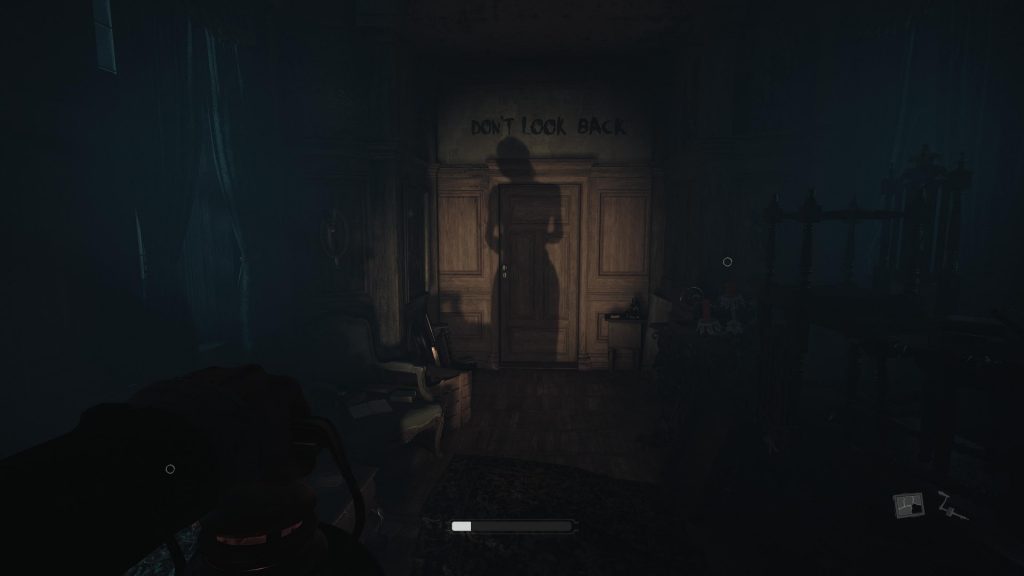
When it comes to the gameplay, I found what was on offer here to be a little less compelling.
To be frank, Layers of Fear involves a lot of slow walking through claustrophobic corridors and hallways, often full of locked doors and constantly shifting locations (owing to the declining psyche of the artists’ mind) with some light puzzle-solving to break up exploration – usually finding a key or combination code. Most chapters become repetitive fast if you are not as interested in inspecting every fine detail of the setting (to be fair, there is a lot to look at), though the environmental storytelling is intriguing enough to push through quieter moments.
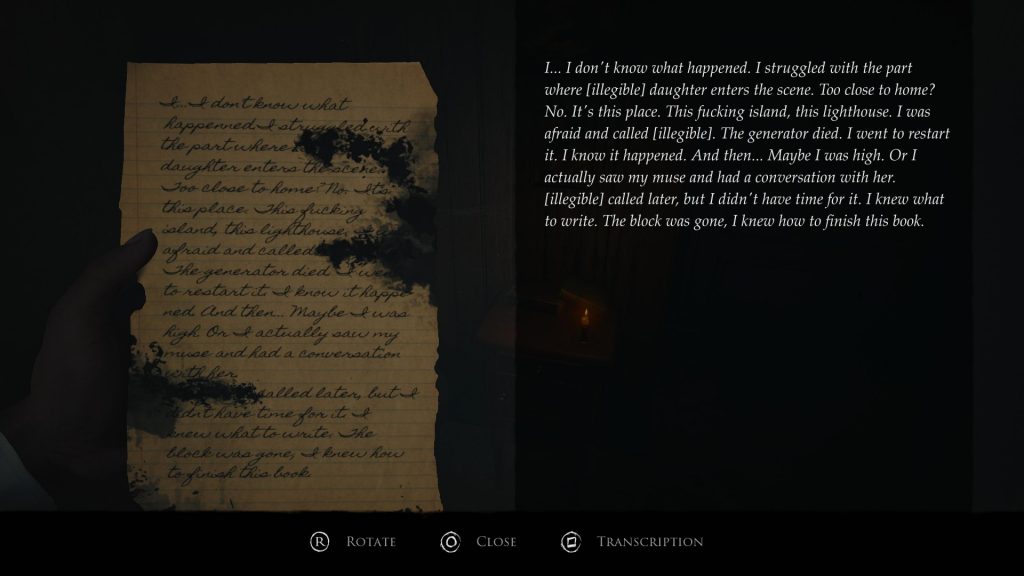
Optional collectibles, such as personal mementos (which grant snippets of voiced memories) and readable letters, journals and newspaper clippings (which expand upon the background of the narrative) are peppered throughout each area; some are quite difficult to find, and they do well to add to the mystery. One thing I wish that was added in this re-packing is more interactivity with the objects the artist discovers; you’re not really able to examine items very closely or from other angles beyond picking them up to trigger a voiced memory, for instance.
The closest the game gets to conflict is in rare moments of danger where the artist is confronted by ghostly apparitions, which can be temporarily “killed” with the use of a torch/lantern, the same mechanic that also can unveil secrets or solve puzzles in certain rooms. The tension with these encounters quickly fades once you realize the threat they pose is limited.
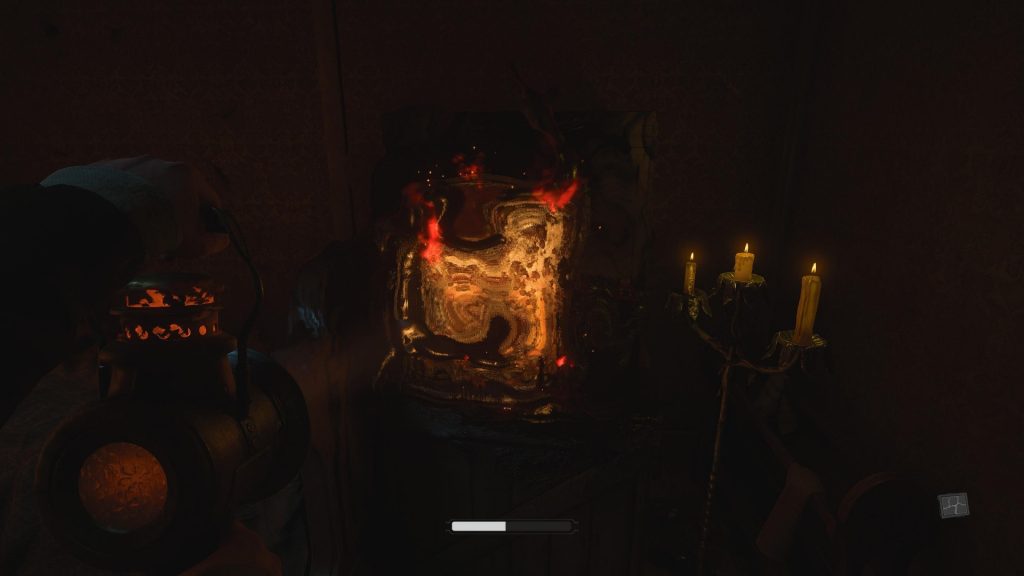
Try as I might, I could not quite shake off the feeling of the games being like a well presented fetch quest, because as interesting as the many spooky illusions and blood-soaked items and vaguely threatening letters to be found throughout the games were, I rarely felt like the artist I was controlling was as frightened or affected by what they were experiencing as I was. For the most part, they are silent, seemingly indifferent to the surrealness happening right in front of them.
The storylines, then, carry the burden of keeping things compelling. The first scenario, which revisits the story of the original 2016 game (read our review), is perhaps the most interesting, presenting a gripping dive into the deteriorating state-of-mind of a recluse painter obsessed with working on his magnum opus. As he paints each layer of his canvas, the painter suffers through stages of hallucinations and unclear memories of the past, which you must navigate through to learn about his past and what truly happened to him, his musician wife and traumatised daughter in his decrepit mansion home, with three endings dependent on your actions in the game (which felt very obtuse).
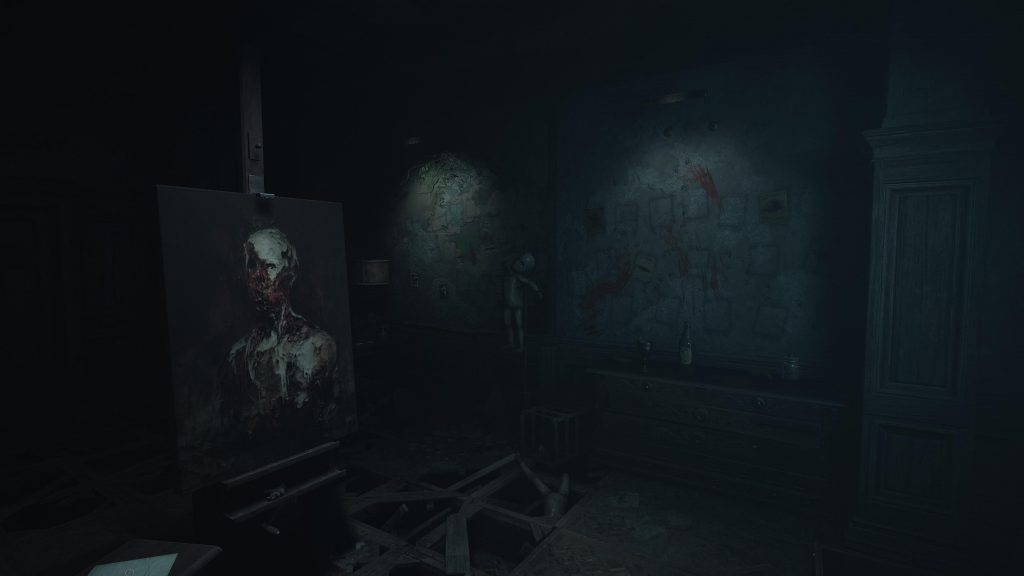
I unfortunately got the worst ending, and felt it was mediocre in narrative execution – if there was perhaps one area the developers could have expanded on, it was here. However, the drip-fed story beats, told through left over letters and newspapers, was both well voiced and well-paced, and I feel the first game shows the strength of the re-release the most, especially in its short but sweet DLC, the Inheritance, where you play as the Painter’s daughter.
The revised Layers of Fear 2 moves away from a classic haunted house setting to a cruise ship with a cabin fever-esque vibe. Our review of the original version in 2018 (read our review) praised the story for its anxiety-inducing sense of dread and haunting Groundhog Day-style loop, where the protagonist (the Actor) finds themselves moving through the confines of the boat to get a feel of their role in what amounts to over-the-top method acting. I personally found the sequel’s re-imagining to retain the foreboding spookiness, owing to its use of creepy mannequins spread across each level, but it lacks the first game’s intrigue in its much more obtuse methods of story-telling, and reliance on re-telling famous scenes from horror cinema such as Psycho. At the very least, on a gameplay level, the sequel throws in some interesting ideas, such as a few tense chase sequences that require closing doors and forcing mannequins to move with your torch (yeah, I know) and the puzzles on offer here are some genuine head-scratchers that will satisfy those looking for a challenge in the face of death.
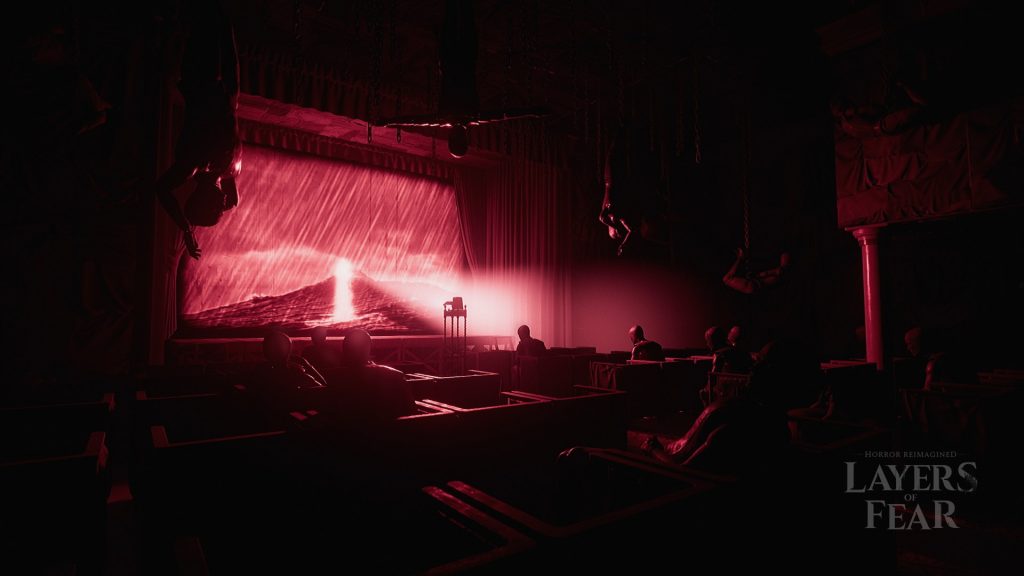
The new content of Layers of Fear 2023 acts as the connecting tissue between the two original games. The first is The Lighthouse, which is about a Writer who has taken an isolated residence in a locked-up lighthouse to finish a horror novel about the Painter from the first title. You will occasionally take control of the Writer as she confronts her own hallucinations and haunted memories in between writing her works, and I really liked the way these sequences connected the otherwise very different stories of the main games, making it feel like part of a larger shared universe. The second major addition is The Final Note, which puts you in the role of the Musician, the wife of the Painter in the first game. This smaller story provides a look into her struggles in the last few moments of her life, and involves several decisions and two endings, which add a satisfying albeit melancholy expansion to the tragic story of the Painter’s family.
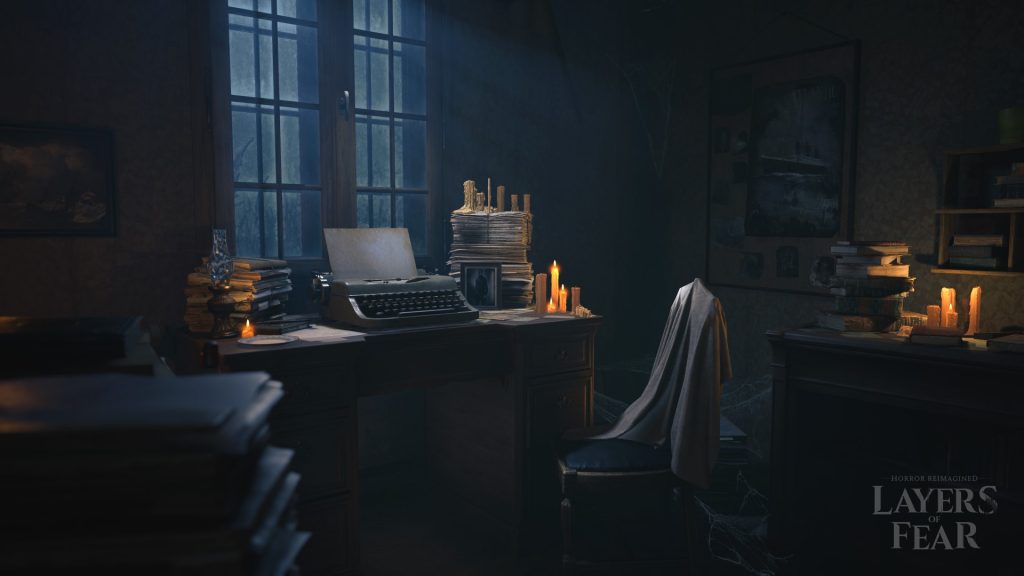
The Final Verdict
Layers of Fear 2023 delivers an immersive and atmospheric horror experience across five different perspectives and 12+ hours thanks to its stunning visuals and haunting sound design, but its blend of jump scares, basic puzzle-solving and slow exploration probably won’t provide frights that will satisfy most gamers looking for a more interactive, combat-heavy game.
If you’re an existing fan of the original two games and want more content, or a horror game fan intrigued by Bloober Team’s approach to the genre, this repackaging and its new content is best way to experience each game – and it might be that perfect title to throw on when friends are over, looking for your next scare. For everyone else still reading this review, I recommend to keep an open mind – its unique serving of psychological horror may resonate with you more than it did with me.


